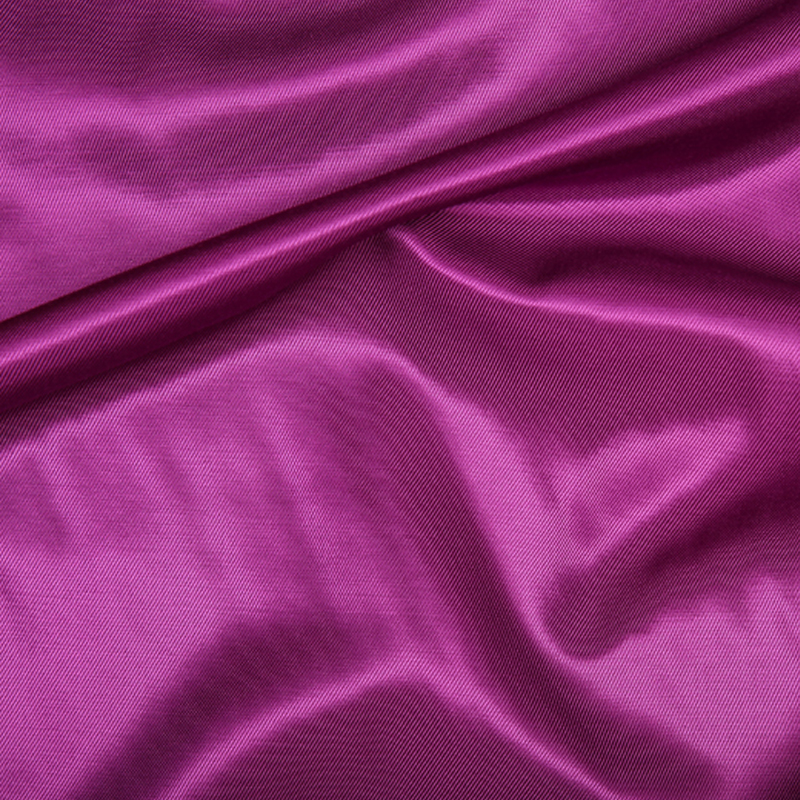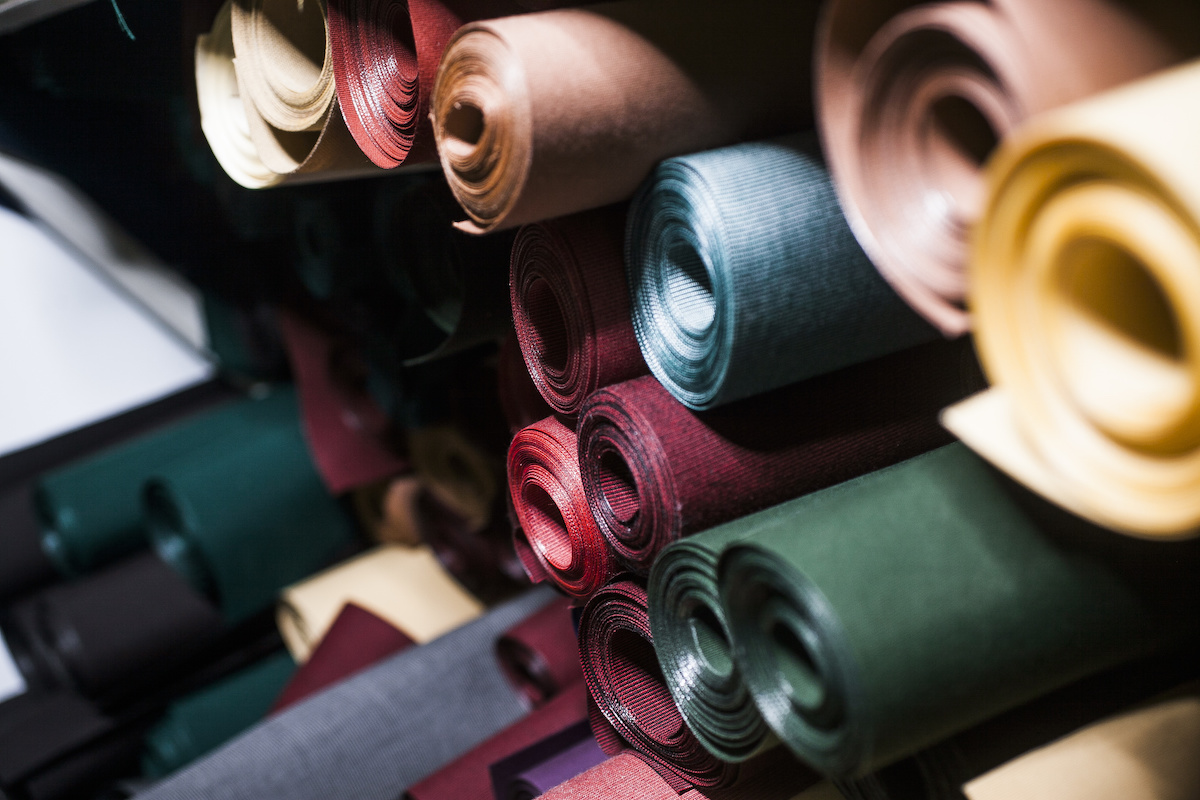Sustainable Viscose: Material guide

Ammy Harryy, a devoted advocate for sustainable fashion and mindful…
Like most people, you probably don’t think about sustainability when you think of viscose.
There has been an increased demand for environmentally friendly apparel in recent years. Consumers want to know where their clothes come from and how they are made.
As a result, many designers are incorporating sustainable materials into their collections. However, this material has a lot to offer in terms of being eco-friendly.
Viscose is made from sustainable bamboo sources and can be recycled into new products.
Read on to learn more about the benefits of using viscose and how you can make sure that the products you buy are made with sustainable materials.
What is Sustainable Viscose?

Viscose is a type of rayon, a regenerated cellulose fiber that’s different from organic cotton. Cellulose fibers are extracted from wood pulp, which is a renewable resource. Viscose is made by dissolving the cellulose in a strong chemical solution and forcing it through tiny holes to form filaments. These filaments are then spun into yarn, which can be used to make a variety of fabrics.
Sustainable viscose is made from wood pulp that comes from sustainably managed forests. This means that the forests are being replanted and managed to ensure they will continue to thrive for generations to come. Sustainable viscose is also often made from certified organic wood pulp, grown without harmful pesticides and chemicals.
Sustainable viscose is a more environmentally friendly option than conventional viscose. It has a lower impact on the environment throughout its entire life cycle, from the growth of the trees to the manufacturing process and finally to the disposal of the fabric.
Sustainable viscose is an excellent choice for anyone looking for an eco-friendly fabric. It has the same properties as conventional viscose but lower environmental impact. It is soft, smooth, and absorbent, ideal for various applications. It is also relatively affordable, making it a great option for sustainable fashion.
History of Sustainable Viscose fabric

The term “sustainable viscose” generally refers to the viscose rayon manufacturing process that uses a closed-loop system to recycle the solvents used in the production process. Sustainable viscose is sometimes called “regenerated cellulose fiber” or “man-made cellulose fiber.”
Viscose rayon was first developed in the late 19th century and was originally known as “artificial silk.” It was made from cellulose, a natural polymer derived from plants.
The cellulose is dissolved in a sodium hydroxide solution and then forced through small holes to form fine threads. The threads are then treated with carbon disulfide to make them stronger and more elastic.
The first viscose rayon fabric was introduced in 1894 by the English company Courtaulds. The company believed that viscose rayon would be a cheaper and more durable alternative to silk. However, the early fabric version was not very strong and tended to tear easily.
In the early 20th century, scientists developed new methods of manufacturing viscose rayon that made the fabric more substantial and resistant to tearing.
Viscose rayon became increasingly popular during the first half of the 20th century. It was used to make various products, including clothing, upholstery, and tires. In the 1950s, DuPont developed a process for making cellulose acetate, another type of artificial cellulose fiber.
Cellulose acetate was less expensive to produce than viscose rayon and was stronger and more resistant to tearing. As a result, many manufacturers switched to cellulose acetate instead of viscose rayon.
In the late 20th century, scientists developed new methods for manufacturing viscose rayon that made the fabric stronger and resistant to tearing. As a result, viscose rayon has become a popular choice for many applications.
Today, sustainable viscose is used in various products, including clothing, upholstery, and tires. It is also used in several industrial applications, such as filters, ropes, and carpets.
How Sustainable is Viscose Fabric?

Viscose fabric is a type of rayon that is made from cellulose fibers. These fibers are usually derived from wood pulp, making viscose one of the most sustainable fabric options. Viscose is also biodegradable, meaning it will break down over time without harming the environment.
While viscose may be a sustainable fabric option, there are some concerns about the way it is produced.
The manufacturing process of viscose can release harmful chemicals into the environment, and some workers in factories that produce viscose have reported health problems.
Overall, viscose is a sustainable fabric option that is biodegradable and made from renewable resources. However, there are some concerns about how it is produced that should be considered before purchasing viscose fabric.
What makes Viscose fabric a sustainable option?
Viscose fabric is made from cellulose, derived from plant sources such as wood pulp. Because it comes from plants, viscose fabric is a sustainable option for clothing and other textile products.
The production of viscose fabric is also less energy-intensive than the production of other synthetic fabrics, such as polyester.
Viscose fabric is often used in clothing because it has a soft, silky feel. It is also relatively inexpensive to produce. However, viscose fabric is not as durable as some other fabrics, and it may shrink or stretch when wet
Viscose fabric is a sustainable option for clothing and other textile products despite these drawbacks. It is made from renewable plant sources, and its production is relatively energy-efficient.
For these reasons, viscose fabric is a good choice for those who want to reduce their impact on the environment.
How is Sustainable Viscose turned into a fabric?

Sustainable Viscose is made from wood pulp sourced from sustainably managed forests. The wood pulp is then turned into a viscose fiber, which is used to create a variety of fabrics. Here is the Viscose manufacturing process!
The first step in making sustainable viscose is to source the wood pulp from sustainably managed forests. The wood pulp is then turned into a viscose fiber, which is used to create a variety of fabrics in the fashion industry.
The wood pulp is sourced from sustainably managed forests and turned into a viscose fiber. The viscose fiber is used to create a variety of fabrics. The fabric is then dyed, finished, and finally made into clothing or other products.
The pros of Sustainable Viscose

Let’s get right into the detail!
- The viscose process uses far fewer toxic chemicals than conventional methods, which is better for the environment and the workers involved in the production process.
- Sustainable viscose is also a more efficient use of resources, as it requires less water and energy to produce.
- In addition, sustainable viscose is a more sustainable choice for the environment, as it is made from renewable wood sources that are managed in a way that ensures they will continue to be available for future generations.
- It is better than polyester, a synthetic fiber, and a non-environmental friendly supply chain.
- Finally, this sustainable material is a more ethical choice. The workers involved in its production are paid fair wages, and working conditions are typically better than those of synthetic fibers in the conventional textile industry.
The cons of Sustainable Viscose
Here are the detailed cons!
- The main con of viscose is that it is more expensive than conventional viscose.
- However, many people believe that the benefits of sustainable viscose justify the extra cost.
- Another potential disadvantage of sustainable viscose is that it may be less durable than conventional viscose.
- However, this has not been proven, and sustainable viscose fabrics may be more durable than conventional ones.
So, what’s the verdict?

So, what is the takeaway? What can you do to make sure the clothes you’re buying are environmentally friendly? What should you remember when looking for sustainable viscose? Is Viscose sustainable?
First and foremost, always check where the viscose comes from. If it’s sustainably sourced and is better than recycled polyester.
Secondly, look for brands with transparent sourcing policies and supply chains. And finally, research how the brand itself treats its workers and employees.
With a bit of research, it’s easy to find stylish and sustainable pieces that will help reduce your environmental impact. And remember, every small step counts!
10 Sustainable Viscose US clothing brands

In the world of fashion, viscose is often considered a sustainable fabric. Viscose is made from wood pulp, a renewable resource, biodegradable. Plus, it’s often used to make breathable and comfortable clothing.
However, not all viscose is created equal. Some brands use sustainable practices to make their viscose, while others do not.
Here are ten sustainable viscose clothing brands that are doing it right:
1.Eileen Fisher:
2. H and M:
3. ASOS:
4. COS:
5. Everlane:
6. Gap:
7. J.Crew:
8. Madewell:
9. Patagonia:
10. Zara:
The impact of Sustainable Viscose
In order to make clothing, many different types of fibers are used. Viscose is one type of fiber that is often used in clothing.
It is made from wood pulp and is often considered a sustainable option. However, there are some concerns about the impact of viscose on the environment.
Viscose production results in large amounts of wastewater. This wastewater contains harmful chemicals that can pollute waterways. Viscose production also emits greenhouse gases, which contribute to climate change.
Some sustainable options for viscose production include using recycled wood pulp or certified sustainable forestry. These options can help to reduce the environmental impact of viscose production.
When buying viscose clothing, it is crucial to consider the environmental impact of the production process. Choosing sustainable options can help reduce the impact of viscose on the environment.
Impact of Viscose on planet
Viscose is made from wood pulp, which makes it a more environmentally friendly fabric than those made from petroleum products.
However, the process of making viscose is very polluting. It produces large amounts of carbon dioxide and other harmful emissions. Viscose also takes a long time to break down, so it can contribute to landfill waste.
While viscose is not as harmful to the environment as other fabrics, it still has a significant impact. If you’re concerned about the environment, you may want to choose another fabric.
Impact of Viscose on animals and people
The use of viscose has a significant impact on animals and people. Viscose is made from cellulose, which is derived from plants. Making viscose emits harmful chemicals into the environment, which can pollute the air and water.
This can lead to health problems for both animals and people. In addition, viscose production requires a large amount of water, which can lead to water shortages in areas where it is produced.
More Sustainable Guide You’ll Love to read:
Apple Leather Fabric Guide (Everything You Want to Know)
Seacell Fabrics Material Guide For Fashion Designer
Cork leather, a Sustainable material?
Wool Fabric Guide, Everything you need to know
Get to know about Econyl Fabric
Vegetable Tanned Leather Material Guide
A Details Guide On Silk Fabric Material
A Details Guide On Down Fabric Material
What Is Camel Fabric,How It Made?(Everyhing You Want To Know)
Details Material Guide On Cashmere Fabric
What is Alpaca Wool Fabric? History, How It’s Made
Recycled Polyester Fabric Details Guide
Cupro Fabric Material Guide (Is It Sustainable?)
Woocoa Fabric Material Guide (Why It’s Expensive)
Organic Bamboo Fabric Guide (Eco Friendly)
Modal Fabric Guide (Everything You Need to Know)
Sustainable Ecovero Fabric Material Guide (All Details)
Details Material Guide On Pinatex Fabric
A Details Guide To Scoby Leather Fabric
Ammy Harryy, a devoted advocate for sustainable fashion and mindful living, exudes a profound passion for nature and the environment. Her mission intertwines style and consciousness, inspiring eco-friendly choices. With her words, Ammy envisions a world where fashion harmonizes with the planet, urging readers to take small steps toward a greener future.




